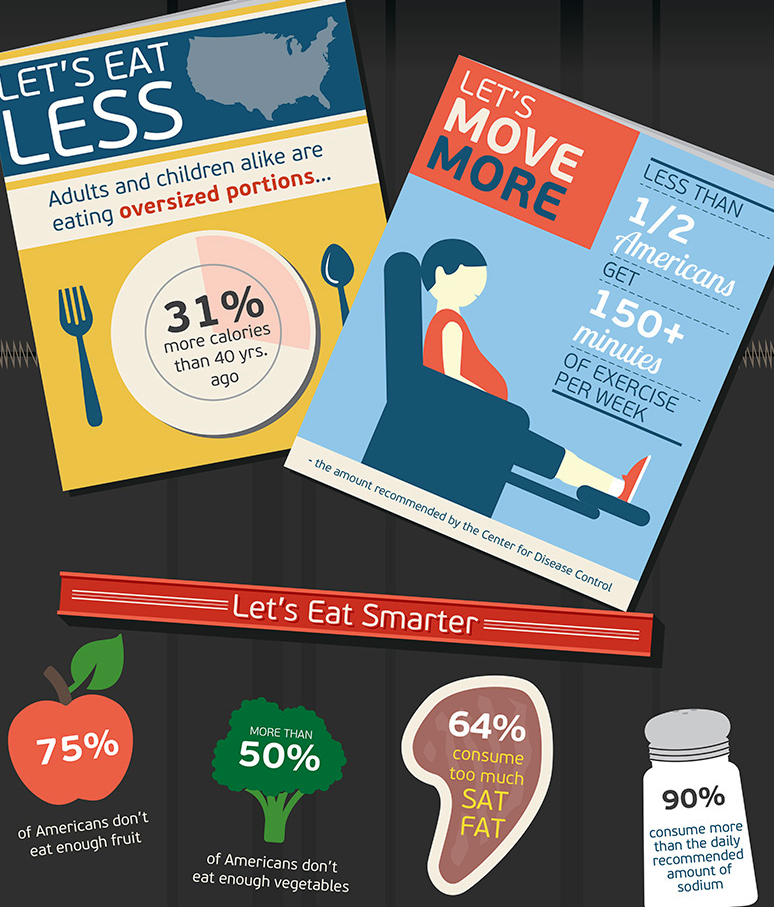A: I can hardly believe it’s been ten years (eleven, actually, but who’s counting) since the University of California Press published “Food Politics.” This has been a great excuse to look back and realize how much has changed. Optimist that I am, I see much change for the better.
My goal in writing “Food Politics” was to point out that food choices are political as well as personal. In 2002, reactions to this idea ranged from “you have to be kidding” to outrage: How dare anyone suggest that food choices could be anything other than matters of personal responsibility?
How times have changed. Today, the idea that food and beverage companies influence dietary choices is well recognized. So is the reason: the industry’s economic need to increase sales in a hugely competitive food marketplace.
Business pressures created today’s “eat more” food environment – one in which food is ubiquitous, convenient, inexpensive, and in which it has become socially acceptable to consume foods and drinks frequently, anywhere, and in very large amounts. Given this kind of marketing environment, personal responsibility doesn’t stand a chance.
If the “eat more” food environment is the problem, then the solution is to do something to make healthier food choices the easy choices.
And plenty of people are doing just that. In the last 10 years, we’ve seen the emergence of national movements to promote healthier eating, especially among children. These movements – plural, because they differ in goals and tactics – aim to create healthier systems of food production as well as consumption.
On the production side, their goals are to promote local, seasonal, sustainable, organic and more environmentally sensitive food production. On the consumption side, some of the goals are to improve school food, restrict food marketing to children, and to reduce soda consumption through taxes and limits on portion sizes.
These movements do plenty of good. I see positive signs of change everywhere.
Healthier foods are more widely available than they were when “Food Politics” first appeared. Vast numbers of people, old and young, are interested in food issues and want to get involved in them. The first lady is working to improve access to healthier foods for low-income adults and children.
Wherever I go, I see schools serving healthier meals, more farmers’ markets, organic foods more widely available, young people joining Food Corps, more young people going into farming, more concern about humane farm animal production, more backyard chickens and urban gardens, and more promotion of local, seasonal and sustainable food to everyone.
When my university department launched undergraduate and graduate programs in food studies in 1996, we were virtually alone. Universities viewed food as too common a subject to be taken seriously. Now, practically every college and university uses food to teach students how to think critically about – and engage in – the country’s most pressing economic, political, social, and health problems. Many link campus gardens to this teaching.
Food issues are high on the agendas of local, state, national and international governments. I can’t keep up with the number of books, movies and websites covering issues I wrote about in “Food Politics.”
These achievements can also be measured by the intensity of pushback by the food industry. Trade associations work overtime to deny responsibility for obesity, undermine the credibility of the science that links their products to health problems, attack critics, fight soda taxes, lobby behind the scenes, and spend fortunes to make sure that no city, state or federal agency does anything that might impede sales.
Food and beverage companies faced with flat sales in the United States have moved marketing efforts to emerging economies in Asia, Africa and Latin America, with predictable effects on the body weights and health of their populations.
Despite this formidable opposition, now is a thrilling time to be advocating for better food and nutrition, for the health of children, and for greater corporate accountability. As more people recognize how food companies influence government policies about agricultural support, food safety, dietary advice, school foods, marketing to children, and food labeling, they are inspired to become involved in food movement action.
I’m teaching a course on food advocacy at New York University this semester. I want students to take advantage of their democratic rights as citizens to work for healthier and more sustainable food systems. Whether they act alone or join with others, they will make a difference. So can you.
The development of the food movement is the biggest and most positive change in food politics in the last decade. May it flourish.







